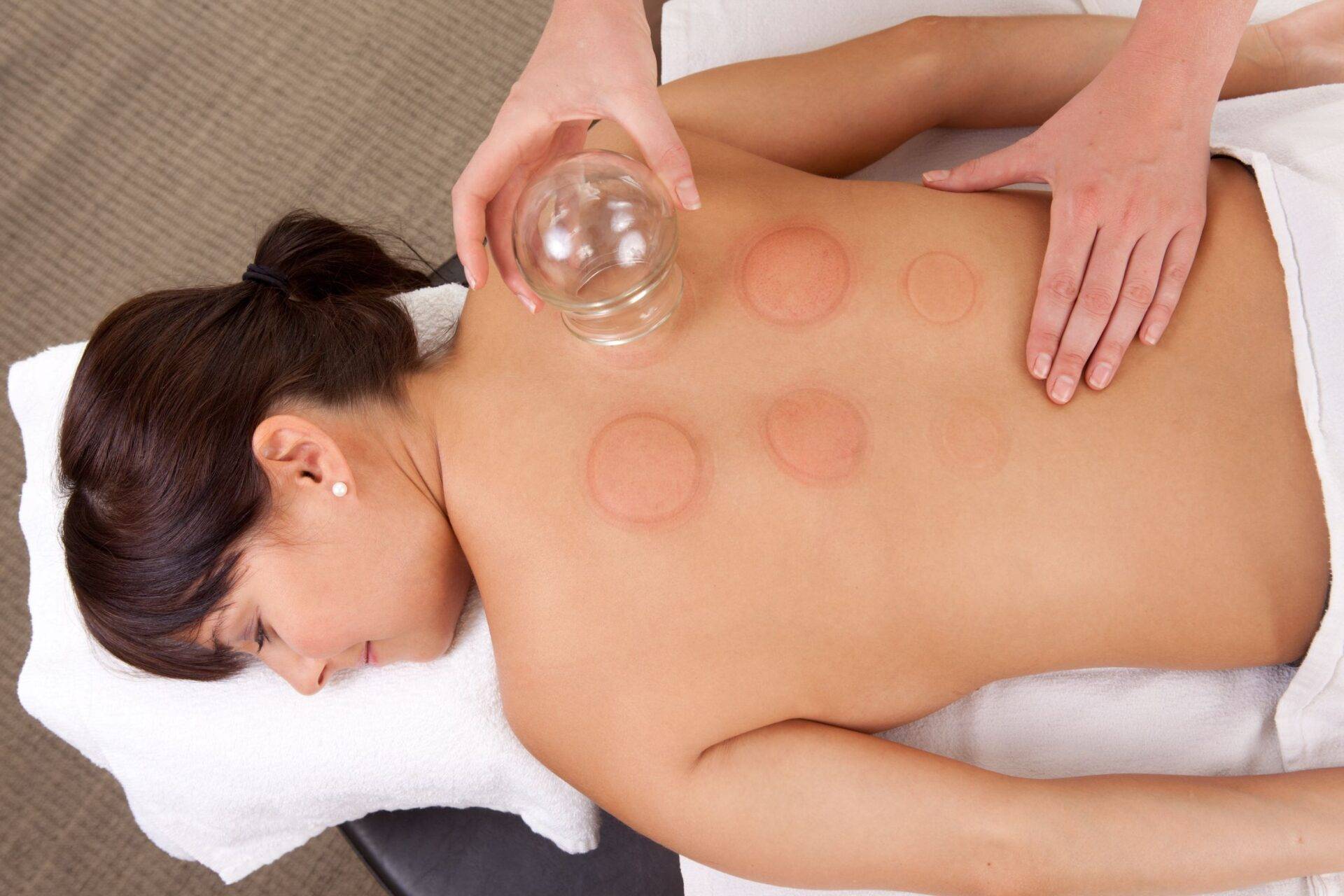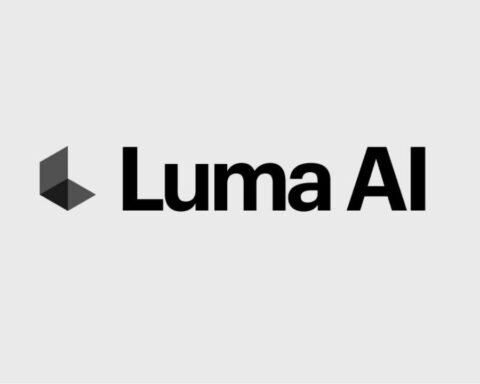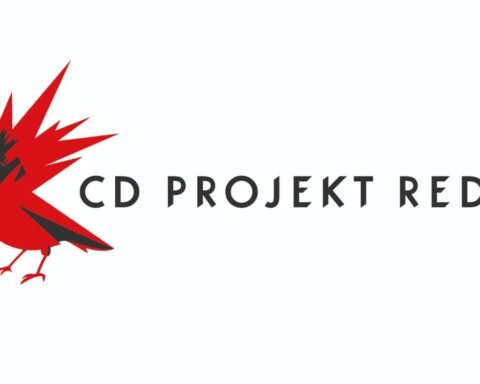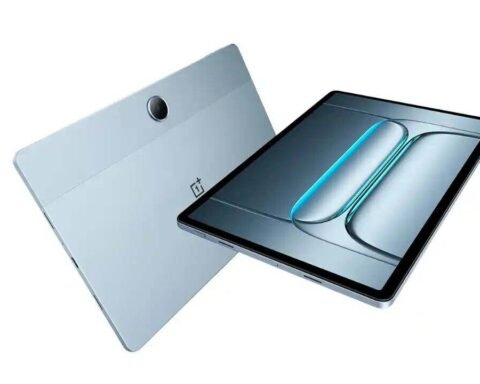
Have you at any point in life thought about taking TCM cupping treatment? If not, it might be the ideal time to consider having it. Cupping therapy is a Traditional Chinese and Middle Eastern practice that entails placing cups at certain points on a person’s skin. A practitioner creates suctions in the cups, which pulls against the skin.
You can either choose to go with dry or wet cupping. Wet cupping involves puncturing the skin before starting the suction, which removes some of the person’s blood during the procedure. It is important to note that cupping typically leaves round bruises on a person’s skin, where blood vessels burst after exposure to the procedure’s suction effects.
Even though TCM cupping treatment has its roots in traditional medicine, professionals may also leverage what it offers as part of contemporary or alternative medicine. Professionals may consider it a complementary treatment rather than a replacement for conventional treatments.
You might wonder what makes it the perfect treatment for you. Well, research suggests that TCM cupping treatment may offer short-term pain relief and benefits for functional disability in people with chronic pain compared to no treatment. Unfortunately, this evidence is limited due to a lack of diversity and variation in the studies and a risk of bias.
You can also count on TCM cupping treatment when looking to improve some skin conditions such as plaque psoriasis, herpes zoster, and chronic hives. Some people may also use cupping therapy to help manage acne. However, it is worth noting that cupping may worsen eczema and psoriasis for some people.
We can never conclude without mentioning the sheer fact that various types of medical professionals, including acupuncturists, sports trainers, and physical therapists use cupping therapy today.
That’s clearly evident considering cupping therapy may help reduce bicep muscle fatigue from bicep curls after 24 hours. Cupping therapy helps improve blood flow to specific areas, relieves muscle pain, and reduces muscle stiffness.
All in all, healthcare professionals may consider cupping therapy as a complementary therapy. They may recommend it alongside other treatments but will not typically recommend replacing conventional treatment with cupping therapy.
Current evidence suggests that wet and dry cupping techniques may offer benefits for pain or inflammatory-related health conditions. However, most of this evidence is limited or of low-to-moderate quality. Be sure to do your homework before prioritizing TCM cupping treatment.























